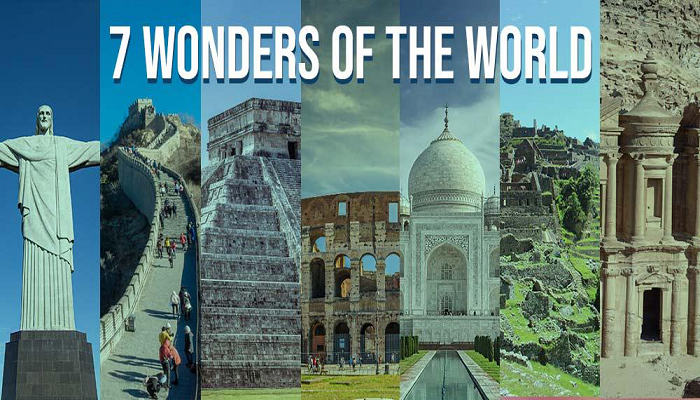Throughout history, mankind has built awe-inspiring structures that continue to captivate and inspire people around the globe. From ancient wonders to modern architectural marvels, these iconic landmarks stand as testaments to human ingenuity, skill, and artistic vision. In this article, we will explore the top Seven Wonders of the World, encompassing both ancient and contemporary wonders that have left an indelible mark on our collective consciousness.
1. The Great Pyramid of Giza , Egypt
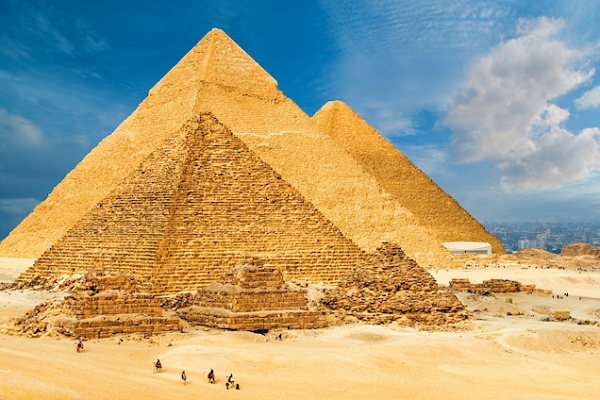
The Great Pyramid of Giza, located on the outskirts of Cairo, Egypt, is the only surviving wonder of the ancient world. Constructed over 4,500 years ago, this colossal structure was built as a tomb for the Pharaoh Khufu. The Great Pyramid’s remarkable engineering and precision stonework continue to fascinate researchers and visitors alike.
2. The Hanging Gardens of Babylon, Iraq
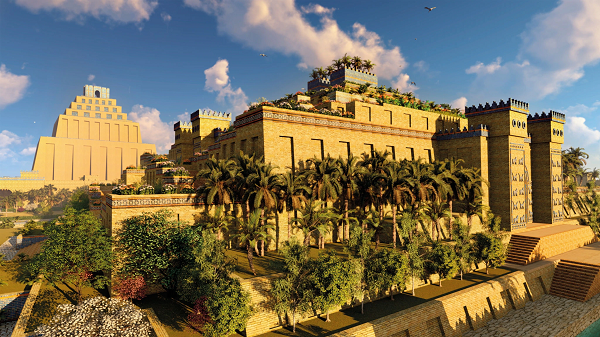
The Hanging Gardens of Babylon, often regarded as a legendary wonder, were said to be an exquisite series of terraced gardens in ancient Mesopotamia (present-day Iraq). Though no physical remnants have been found, historical accounts describe the gardens as a breathtaking display of lush vegetation, cascading waterfalls, and exotic flora.
3. The Statue of Zeus at Olympia, Greece
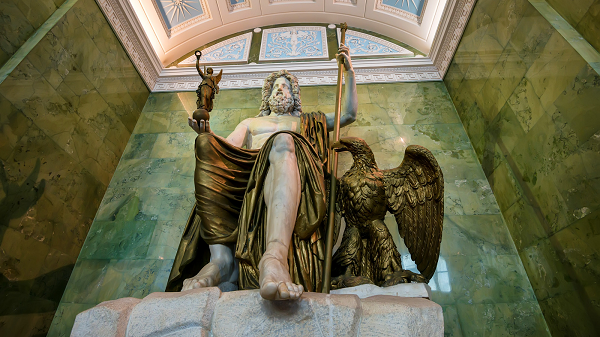
The Statue of Zeus at Olympia was a massive, gold and ivory sculpture created by the ancient Greeks in the fifth century BCE. Depicting the god Zeus seated on a throne, this masterpiece was housed within the Temple of Zeus in Olympia. Regrettably, the statue was destroyed in a fire in the fifth century CE, leaving only its legacy behind.
4. The Temple of Artemis at Ephesus, Turkey
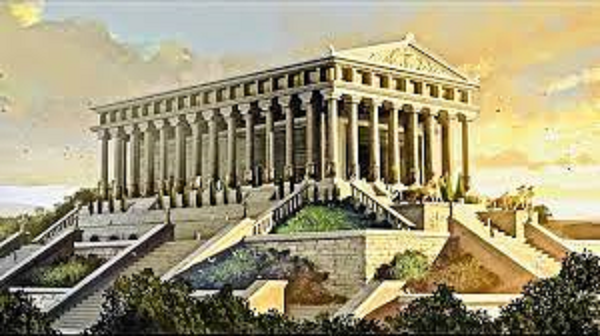
The Temple of Artemis at Ephesus, located in present-day Turkey, was dedicated to the Greek goddess Artemis. Known for its grandeur and opulence, the temple was one of the largest ever constructed in the ancient world. Unfortunately, only ruins remain today, as the temple was destroyed and rebuilt multiple times throughout history.
5. The Mausoleum at Halicarnassus, Turkey
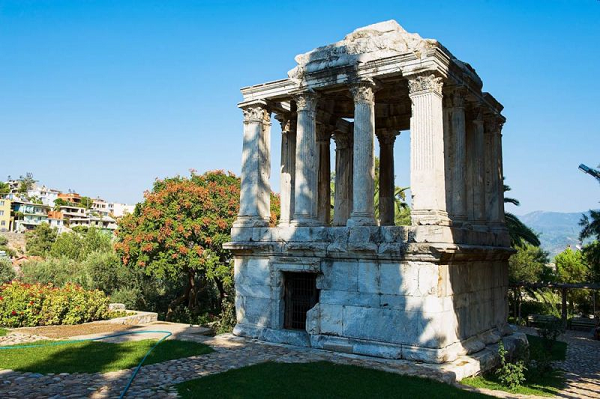
The Mausoleum at Halicarnassus was an elaborate tomb constructed for Mausolus, a ruler of Caria in ancient Anatolia (modern-day Turkey). Renowned for its architectural beauty, the mausoleum stood approximately 45 meters tall and featured intricate sculptures and reliefs. Although destroyed by earthquakes, its design has influenced mausoleums throughout history.
6. The Colossus of Rhodes, Greece
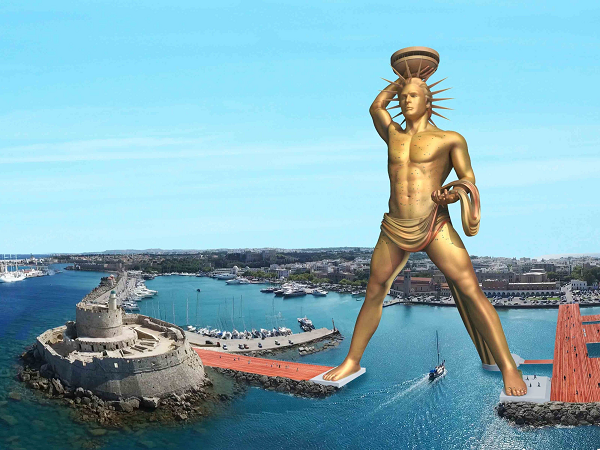
The Colossus of Rhodes was a towering bronze statue depicting the Greek god Helios. Erected at the entrance to the harbor of Rhodes, Greece, it stood about 30 meters high. Sadly, an earthquake destroyed the statue in 226 BCE, but its legacy lives on as one of the most iconic statues of antiquity.
7. The Taj Mahal, India
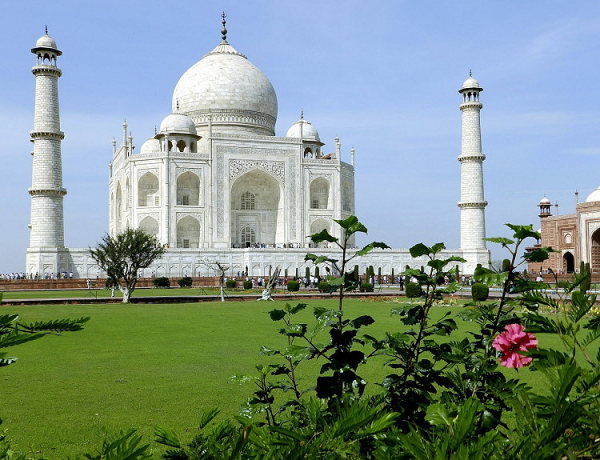
The Taj Mahal, a UNESCO World Heritage site located in Agra, India, is a breathtaking monument renowned for its unparalleled beauty and architectural brilliance. Built by Emperor Shah Jahan in the 17th century, this mausoleum was constructed in honor of his beloved wife, Mumtaz Mahal. Its flawless symmetry, intricate marble inlays, and picturesque gardens make it a true masterpiece.
Conclusions
The top seven wonders of the world, whether ancient or modern, evoke a sense of wonder and admiration for the extraordinary achievements of human craftsmanship and imagination. From the pyramids of Egypt to the Taj Mahal in India, these iconic structures stand as enduring symbols of our collective heritage and the boundless capabilities of human creativity. Exploring these wonders allows us to connect with history, marvel at architectural
